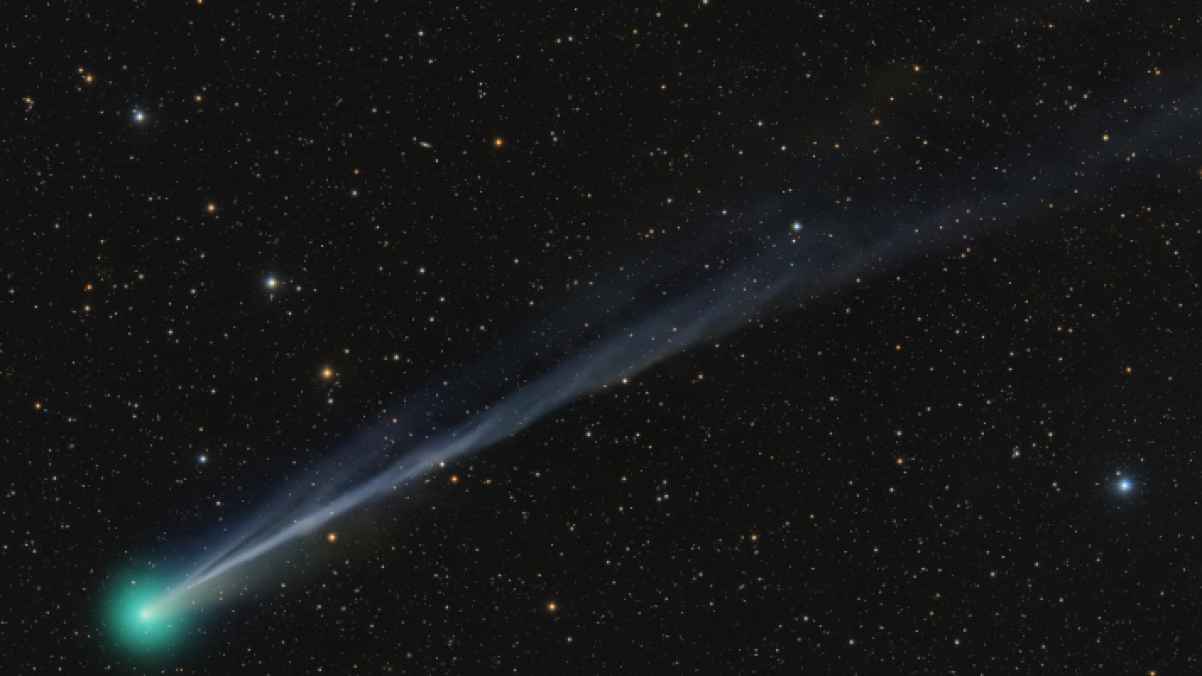A rare celestial event for astronomy lovers this week

After a long period without any comet visible to the naked eye, astronomy enthusiasts have a rare opportunity this week to spot two bright comets in the sky: Comet Lemmon and Comet SWAN.
Comet SWAN will reach its closest point to Earth on Monday, October 20, but it will be significantly fainter compared to Comet Lemmon.
Just one day later, on Tuesday, October 21, Comet Lemmon will reach its closest point to Earth and is expected to shine at its brightest.
How to See the Comets
The best time to observe them each night this week is about an hour and a half after sunset in your local time zone.
Comet Lemmon will appear in the northwestern sky, near the Big Dipper and the bright star Arcturus, initially close to the horizon and rising slightly later. Follow the shape of the Big Dipper’s handle to reach Arcturus; the comet will be roughly two-thirds of the way there.
Comet SWAN will appear in the southwestern sky, near the Summer Triangle formed by the stars Vega, Deneb, and Altair, approximately halfway between Altair and the horizon.
Observation and Photography Tools
While Comet Lemmon can be seen with the naked eye in very dark skies, you will need binoculars to spot the smaller and fainter Comet SWAN.
Star charts and comet tracking tools are available on websites such as The Sky Live and In-The-Sky.org, as well as through mobile apps like Sky Guide, Sky Tonight, and SkySafari 7 Pro.
Different Comet Paths
Comet Lemmon will pass about 89 million kilometers from Earth on its way to orbit the Sun on November 8, within its 1,350-year orbit.
Comet SWAN is a long-period comet, orbiting the Sun every 20,000 years, and on Monday, it will be about 39 million kilometers away from Earth as it exits the inner solar system.
